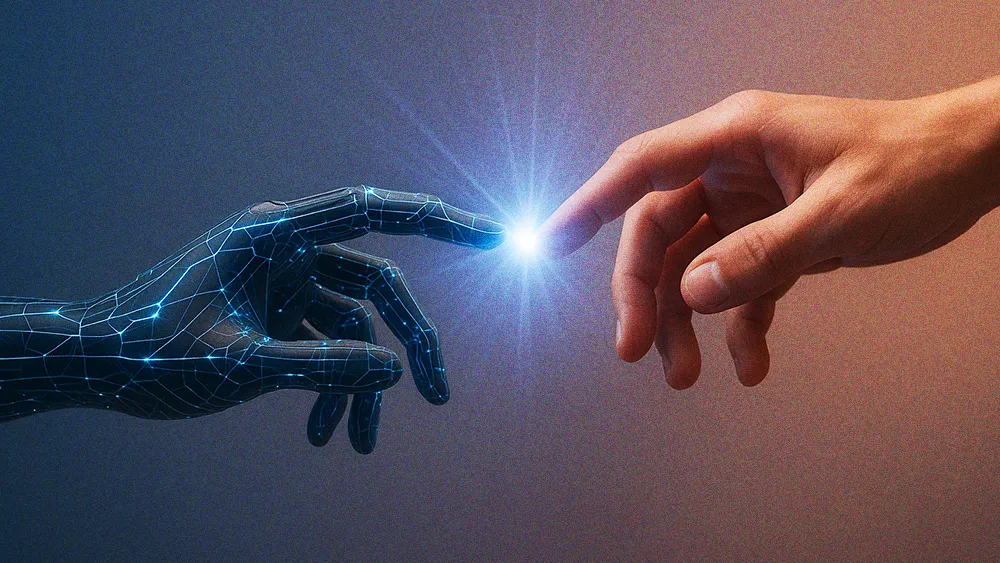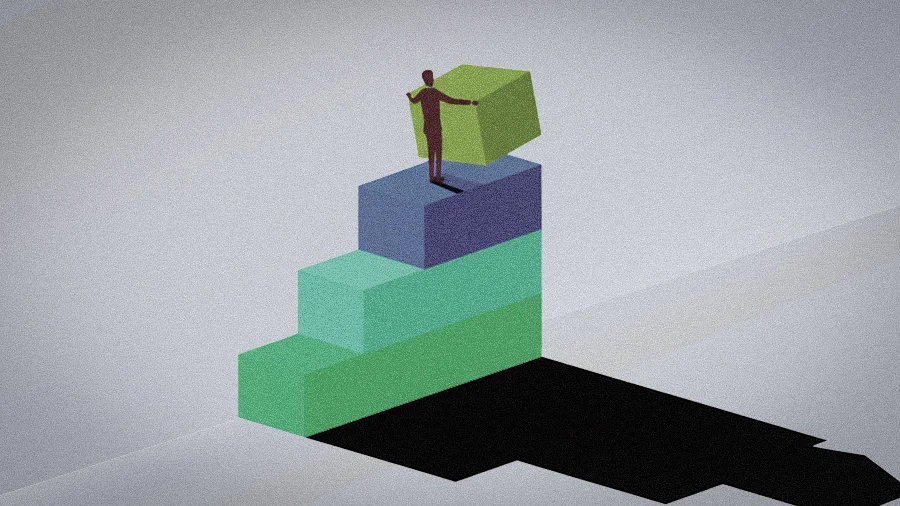
All articles
AI Enhances CX, but Only for Companies with a Customer Experience Worth Scaling
James Casper, a digital transformation and CX executive, explains why companies must fix their customer experience before turning to AI.

Key Points
Companies are discovering that AI cannot fix a broken customer experience and only exposes weak processes and unclear strategies.
James Casper, a C-suite executive with experience at Bio-Rad Laboratories and Thermo Fisher Scientific, explains that leaders must rebuild their customer foundations before applying AI.
He recommends starting automation in low-risk internal areas and using empathy as a guide to protect the human interactions that define strong customer relationships.
So many companies claim to be customer-centric, but their processes tell a different story. They design around revenue targets, not human needs, and AI only amplifies that gap.
Artificial intelligence was meant to solve problems, not spotlight them. But for many companies, it’s revealing just how weak their foundations really are. Instead of fixing inefficiencies, AI is exposing the cracks: outdated processes, unclear strategies, and a poor grasp of customer needs. When projects fall short, the technology gets the blame, but the real failure often lies in the business model itself.
Few people understand what happens when technology moves faster than the business behind it quite like James Casper. A C-suite executive with more than two decades leading digital transformations at companies like Bio-Rad Laboratories and Thermo Fisher Scientific, he’s managed digital portfolios worth over $8 billion and seen what breaks when process and purpose fall out of sync. His insight explains why many CX AI efforts fail not from lack of power, but lack of purpose.
"Maybe AI didn’t fail you. What failed you is that you didn’t understand how you wanted to run your business. If you had defined the process first and then applied AI, you would have had a clear signal of where to use it and where not to use it," says Casper. He notes that when companies skip that groundwork, AI often optimizes internal efficiency at the expense of the customer experience it was meant to improve.
Hype and haste: "AI works really well when a process has clear answers and structure, but once emotion enters the picture, humanity still wins. You can hear it—the repetition, the patterns, the sameness. That’s when customers feel trapped, like screaming 'representative' into a phone tree," Casper says. He believes empathy is the true test of automation: if the technology can’t match or exceed the quality of a human interaction, it doesn’t belong anywhere near the customer.
A predictable pitfall: "So many companies claim to be customer-centric, but their processes tell a different story," he says. "They design around revenue targets, not human needs, and AI only amplifies that gap." Casper warns that when businesses chase efficiency at the expense of empathy, they run the risk of damaging the very experience their brand is built on.
To counter this, Casper’s playbook offers a more deliberate, phased approach. He argues that before leaders can successfully automate any high-stakes roles, they must first look inward and establish a clear framework for what to automate and what to protect.
Don't move fast and break things: The first step is to focus on internal efficiencies where the stakes are lower and the potential for savings is high, he advises. "There are so many target-rich environments for savings lower in the organization, far away from the customer. Start there, realize those savings first, and refine your approach before you progressively work your way toward the customer."
Handle with care: Once internal processes are addressed, Casper uses empathy as the crucial dividing line for deciding what customer-facing tasks are suitable for automation. "High-turnover, low-cost items that don't require a consultative experience are ripe for automation. But when you get into complex products with choices, configurations, and an emotional connection, protect those interactions. Those are the ones that can make or break your business."
Casper brings perspective to the panic. He reminds us that every major leap in technology, from the calculator to the computer, was once met with the same fear of replacement. But rather than replacing jobs, those tools reshaped them. He sees AI following the same path, a chance to make people better at what they already do. "Until we get to full-blown AGI, I think we continue to look at it as how AI augments humans. The positive opportunity is to ingrain it into the culture and the fabric of the company as an accelerator for each of those roles," Casper concludes.







